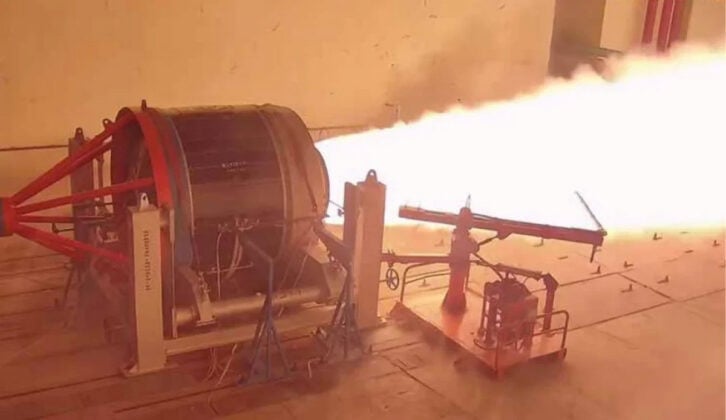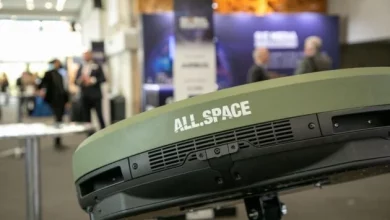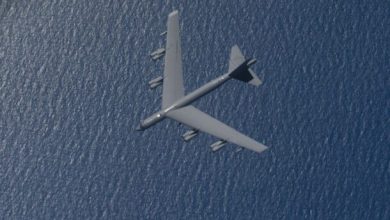India prepares for K-5 submarine-launched ballistic missile test

India has successfully conducted a static test of the Project K-5 Stage-2 rocket motor, a major step toward the country’s next-generation submarine-launched ballistic missile (SLBM) capability.
The test took place on September 12, 2025, at the Advanced Centre for Energetic Materials (ACEM) in Nasik, confirming the performance of key propulsion systems designed for deep-sea deterrence missions.
According to ACEM, the test validated the ballistic performance, safety margins, and subsystem integration of the 10-ton-class motor, which features a composite casing made with T700 carbon fiber and Epofine resin.
The rocket motor measures 2,680 mm in length and 2,490 mm in diameter, and uses an advanced HD 1.3 composite propellant with a nine-fin grain configuration for optimized burn efficiency.
The ignition system used in the test was of the pyrogen type, and the motor incorporates a submerged nozzle equipped with dual actuators for flexing during control simulations. Engineers recorded and analyzed over 250 channels of instrumentation data during the firing. The nozzle flex test achieved ±2 degrees of movement using two electro-mechanical actuators, and the data was consistent with predictive performance curves.
ACEM stated that the test was carried out under the supervision of senior defense scientists including Shri T.G. Kasturirangan, who chaired the Test Advisory Review Board (TARB), alongside Shri M.S.R. Prasad, B.V. Pappa Rao, and ACEM’s General Manager. The motor was produced at a newly commissioned 50-ton-capacity continuous casting facility, enabling more efficient propellant processing and higher consistency in output.
This trial serves as a critical milestone for India’s K-5 submarine-launched ballistic missile, which is expected to enter underwater launch trials by mid-2026. The missile, with an estimated range between 5,000 and 8,000 kilometers, will be capable of carrying a 2,000-kilogram nuclear payload and achieving speeds up to Mach 7.5. Once operational, the K-5 will substantially enhance India’s sea-based nuclear deterrent, allowing coverage across nearly the entire Eurasian and African landmass from the Bay of Bengal.
The success of this static test reinforces India’s position within the small group of nations with independently developed and tested submarine-launched ballistic missiles. It also demonstrates how India’s strategic modernization is rapidly maturing through steady, low-profile engineering milestones rather than high-profile demonstrations.
In the broader context, the K-5 program’s progress could shape future cooperation or cautious observation from Washington, as the U.S. continues to monitor the strategic balance in the Indian Ocean.





